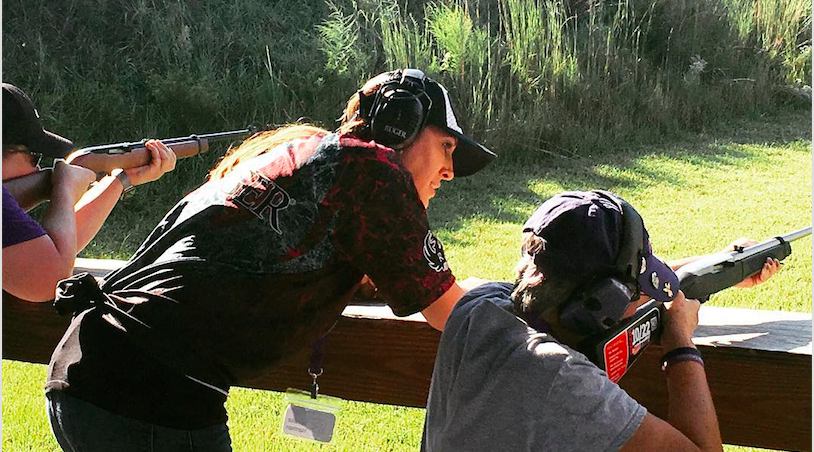As with several other firearms makers, Sturm, Ruger & Company’s sales slowed in the fourth quarter following the presidential election and company officials see an inventory destocking period in the short term. But officials still believe underlying demand for firearms remains strong.
“I think we’ve kind of seen the story before where you’ll get a big politically driven spike: they tend to be fairly short and they’re followed by an offsetting decline in demand for a while, and then everything’s returned to what I would call normal,” said Michael Fifer, CEO, on a conference call with analysts.
He pointed to a number of factors driving interest in firearms, including the passage of concealed carry laws in more states and general greater interest in firearms.
“Generally, it’s more socially acceptable to admit to your friends that you actually like guns and enjoy having them, and ‘By the way, come look at the newest one I just bought, let me show it to you,’” said Fifer. “All that stuff drives demand.”
He also inferred that in some municipalities, police are “backing off” of protecting citizens because of negative media reports of police shootings and driving demand for personal protection. He added, “Crime rates in those cities are soaring to the roof. Those people could care less who’s President. They want to defend themselves.”
Fifer concluded by expressing doubts that “the new normal will be materially lower” than it was before the run-up in firearms sales during the Obama administration that was triggered by concerns over additional gun-ownership restrictions.
He added, “It appears to me, if you look over multiple years, that there’s wider acceptance of guns, wider availability. There’s more exciting, new products from all the competitors, not just Ruger. There’s more reasons to have guns now than ever before. And so, I’m not going to read too much into the current situation.”
Overall, Sturm, Ruger & Co.’s earnings rose 27.9 percent in the fourth quarter to $1.10 per share, while sales advanced 6.2 percent to $161.8 million. For the full year, revenues ran up 20.5 percent to $664.3 million while earnings jumped 42.9 percent to $4.59.
Also on the call, Chris Killoy, president and COO, noted that for the fourth quarter, the estimated sell-through of the company’s products from the independent wholesale distributors to retailers decreased 4 percent from the comparable prior-year period. During the period, NICS background checks were flat.
For the month of December, adjusted NICS checks decreased 17 percent compared to December 2015. Not unexpectedly, in January 2017, NICS decreased from the comparable prior-year period by 24 percent, indicating the consumer demand for certain firearms has softened since last year.
Kilroy noted that as discussed during its third-quarter conference call on November 2, just prior to the election, many customers were spending their discretionary income on concealed carry products and modern sporting rifles in the months leading up to the election.
“At the same time, we also observed retailers committing inventory dollars to certain product categories such as modern sporting rifles, which likely would have been in stronger demand if the election had turned out differently, given their relative vulnerability to legislative actions,” said Kilroy. “The combination of increased inventory in the channel and the likely decrease in consumer demand for the near-term has made for a more challenging sell-through environment.”
Kilroy added the company still believes new products remain key drivers of demand. New products, representing items introduced in the past two years, represented 29 percent of Strum Ruger’s sales in 2016 versus 21 percent in 2015. In 2016, new products included the Precision Rifle, the AR-556 modern sporting rifle, the LC9s pistol, the Mark IV pistols, the LCP II pistol, and the American pistol. Major new product launches in 2016 included the Ruger Mark IV pistols, the LCP II pistol and compact models of the American pistol.
Company officials didn’t detail the likely impact its sales would face with the inventory destocking in the marketplace because it doesn’t comment on “future guidance.”
Kilroy did note that the company increased total unit production by 23.5 percent in 2016 compared to 2015. Finished goods inventory increased by 70,000 units and distributor inventories of the company’s products increased by 48,300 units during 2016. He added, “This is somewhat the result of all levels of the distribution channel stocking up to higher than normal levels of certain products in anticipation of the November 2016 elections. We expect to manage our production to moderate inventory growth and capitalize on opportunities that present themselves in 2017.”
Photo courtesy Sturm, Ruger
















